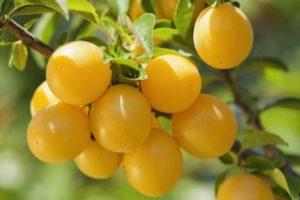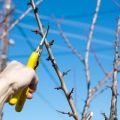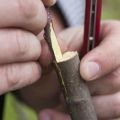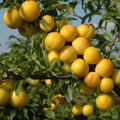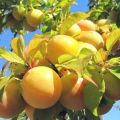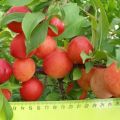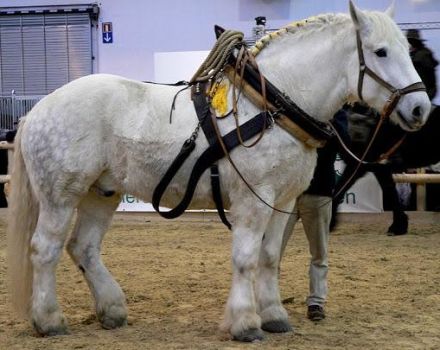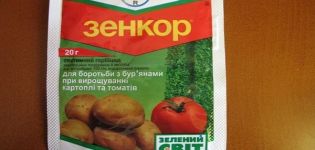How to feed the plum in the summer, the rules and timing of fertilization
Cultivation of crops requires proper care, this includes feeding and watering plums in the summer. Such actions contribute to the harvest and the rapid development of the plant. Correct fertilization will keep the culture healthy and the fruit with good taste.
How to determine a deficiency of a macro- or micronutrient
Before drawing up a calendar for adding plum dressings, you need to carefully study the condition of the plant and find out if this type of procedure is necessary. Deficiency of macro-, microelements in the stone fruit tree is manifested as follows:
- the leaves on the tree take on a gray tint with a brown border;
- rusty spots appear on the leaves;
- the tree does not release young shoots;
- the fruits are damaged and fall off without ripening;
- leaves curl up into a tube;
- falling foliage and inflorescences;
- small fruits.
It is important to know how to feed the plum during the ripening of the fruit without harm and reducing the taste of the fruit.
What is the fruit tree fed with
The fruit tree requires careful application of fertilizers during the flowering period, you also need to know how to feed the plum with fruits. It is necessary to feed the plant in several stages so that the culture can consume all the necessary components.
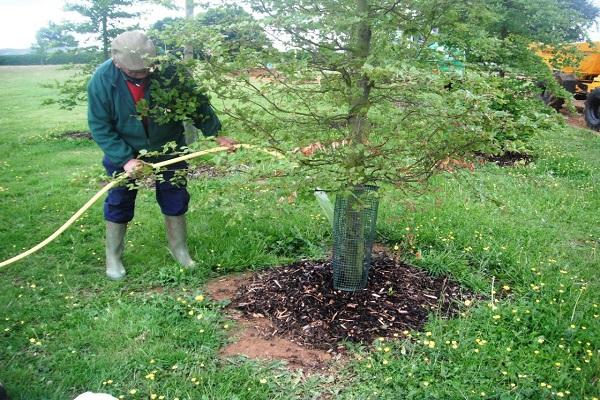
Mineral dressings for plums
The use of mineral supplements is most often used in the fall. Fertilizer allows you to endure the winter and develop immunity to diseases. Mineral supplements include:
- superphosphate - can be of several types and is most often introduced into the soil along with the liquid;
- potassium sulfate - used for all types of stone fruit trees;
- dolomite flour - increases tree development and yield.
Feeding plums with minerals in summer and autumn is carried out taking into account the age of the tree.
Organic matter
Among organic fertilizers, a large number of substances can be used, such as:
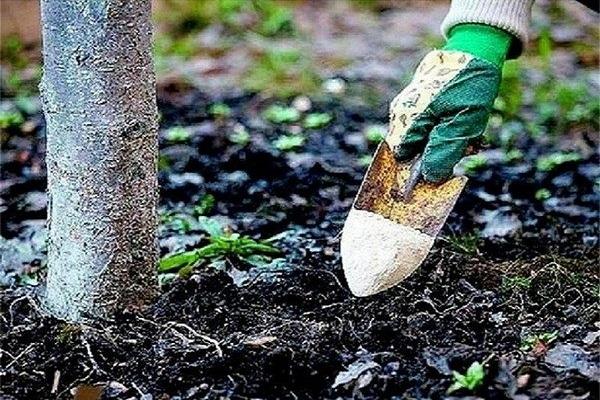
- wood ash - reduces acidity in the soil and increases resistance to diseases;
- bone meal - used to feed the tree in the summer, reduces the risk of putrefactive formations and improves the nutrition of the root system;
- compost - is used most often and can be used in summer and autumn, contains all the necessary elements for the development of culture.
Organic fertilizers contain a large amount of nutrients and can restore the soil for the normal development and fruiting of the tree.
Folk remedies
Many gardeners use folk methods of plant feeding, among which it is necessary to highlight:
- yeast tincture - used for root feeding, activates the growth of new shoots;
- lime - plum likes an alkaline type of soil, therefore, the use of a substance reduces acidity;
- bread tincture - bread crumbs are infused for several hours, the resulting composition is mixed with water in a 1: 3 ratio and the plant is watered;
- boric acid - eliminates diseases and promotes the development of fruits;
- humus - used in the fall to strengthen the roots.
When choosing folk methods of applying top dressing, it is necessary to take into account the type of soil; in some cases, the use of substances that oxidize the soil can be harmful.
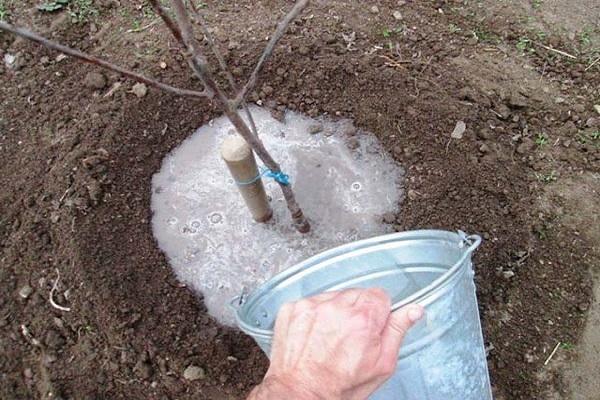
Fertilization methods
Depending on the problem and the period of use of fertilizers, feeding can be carried out in several ways.
Foliar dressing
Fertilizer is sprayed on the leaves and shoots of the tree. Such fertilization helps to eliminate crop diseases, and also saturates shoots and buds with useful components, which increases fruiting. The foliar application can be used in the spring or during the flowering period of the crop.
Root dressing
It implies the introduction of useful components directly into the soil in the root area. To obtain a harvest, it is necessary to fertilize plums up to 3 times a year, at different times of the year. Fertilizers are dissolved in water and the tree is watered.
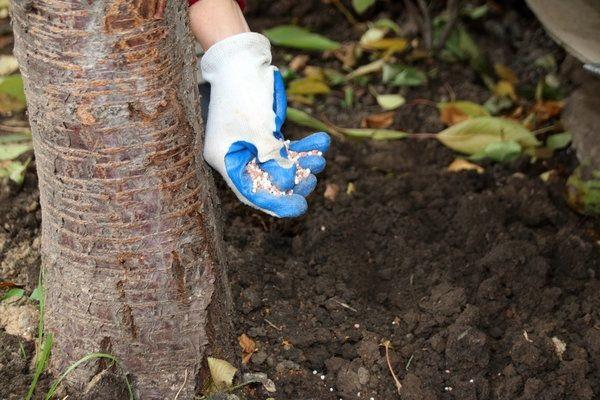
Mandatory requirements for fertilization
The use of fertilizers for plums requires compliance with some rules, which include:
- it is necessary to fertilize with liquid substances at a distance of 40-50 cm from the trunk;
- dry useful components are introduced in the process of digging the soil, after which the area where the root is located must be watered abundantly with water;
- manure is applied twice a year, the substance is dissolved in water;
- different types of fertilizers are added with a time interval of at least 1 month.
Fertilize early in the morning or after sunset to prevent burns.
Seasonal feeding calendar
Fertilization must be carried out at a certain period of the year for full root consumption of all useful components.
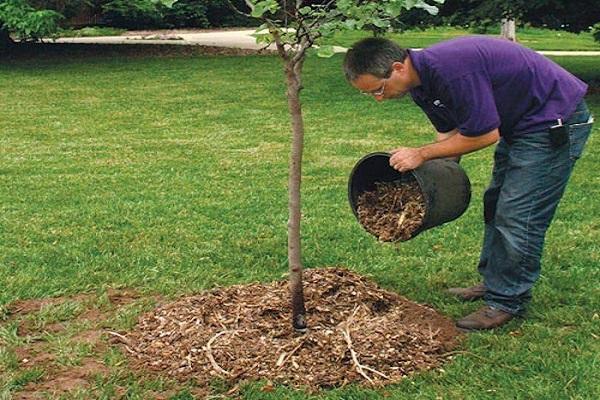
Seedling feeding up to one year
In the first year after planting, the seedling is not baited. Since the seedling has not fully taken root, and the presence of fertilizers in large quantities can harm the crop.
When the culture is not developing, the following types of substances can be used:
- potash;
- urea;
- phosphate.
When planting a seedling, humus or peat is used, which are mixed with the soil and used to close the hole with the root.

Top dressing of plums under the age of 3 years
The plum is fed depending on the period; the following methods of introducing nutrients are distinguished:
- Fertilization in early May. A urea solution is used, which is sprayed on the tree.
- The second fertilization is in June. A solution of nitrophoska is used (3 g per liter of water).
- At the end of summer, it is necessary to apply phosphate fertilizers by the root method.
Summer is a suitable period for the development of a young tree with the use of special additives.
Fertilizers for an adult tree
To increase the yield of plums, it is necessary to maintain a fertilization calendar. The following methods are distinguished:
- Spring is a suitable period for the introduction of mineral components. Feeding plums in the spring is done using urea.For one tree, mix 30 grams of the substance and 10 liters of water, applied by the root method.
- Fruit ripening also requires the use of additives. A solution of nitroammophoska and urea is used in equal proportions (30 grams each), mixed with 10 liters of water. Using the solution, it is necessary to water the tree.
- The last groundbait is in the fall. Potassium sulphate and superphosphate are used, which are mixed in 30 grams in a bucket of water and watered after the harvest has passed.
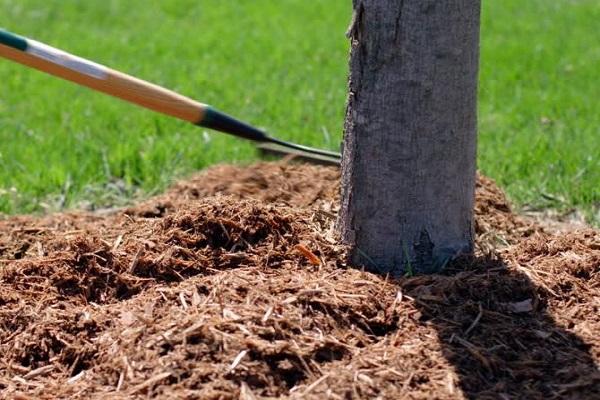
Top dressing of adult plums in summer prevents a large number of diseases and increases the resistance of the root to low temperatures.
Nuances of tree nutrition during the period of ovary and fruiting
Gardeners determine how to feed the plum depending on the type of soil and the age of the crop. Many gardeners make mistakes that lead to plant death and reduced yields.
Before flowering
Flowering is one of the important stages in the formation of the crop. Before the buds begin to appear, it is necessary to feed the plum with a mixture using manure and water in a 1: 2 ratio. The resulting slurry is poured over the area around the tree, while 30 cm must be retreated from the crown.
Before the inflorescences appear, a urea solution is used, which is sprayed on the plant at the rate of 10 liters per tree.
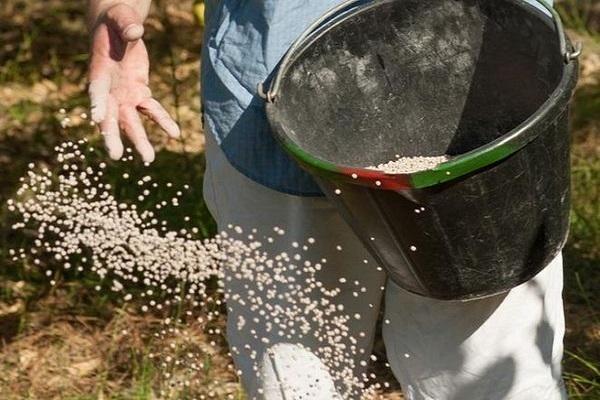
After the flowers fall
After the inflorescences fall, fertilization is carried out depending on the type of soil and crop variety.
The following features of fertilization are distinguished:
- To reduce diseases, mineral fertilizers are used. The most commonly used manganese sulphate, which reduces the risk of spoiled plums and reduces chlorophyll formation. Potassium permanganate can be used as foliar and root fertilizer. To prepare the solution, it is necessary to dilute 3 grams of the substance in a liter of warm water and mix with 10 liters of clean water.
- After the flowers have fallen off, organic fertilizers can be used, most often chicken manure.
Root feeding of adult plums in June is carried out with the use of saltpeter. Gardeners scatter the granules in the area of the root system and dig in with the soil. This will saturate the tree with useful substances for a long time.

During the period of fruit ripening
It is very important to fertilize plums in July and August. When the fruit ripens, the tree spends a lot of energy on the fruit formation. Very often during this period, the leaves begin to turn yellow, and the tree is exposed to various diseases.
Before applying nutrients, the tree should be carefully inspected for signs of nutrient deficiencies. In the presence of the first symptoms, such as falling leaves, yellowness and falling of unripe fruits, the following measures must be taken:
- Use boric alcohol, which improves the palatability of the fruit and helps to restore damaged shoots. For use, it is necessary to dilute 10 grams of acid in 8 liters of water and spray the plant.
- July is a hot month, so humus and mulch with peat can be used to replenish nutrients.
- Mineral composition - superphosphate can be used, it is introduced into the soil and watered abundantly with water.
- Ammonium nitrate - is used with the calculation of 10 grams per square meter.
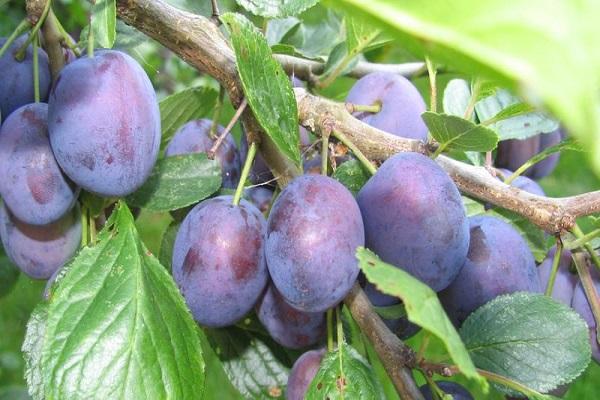
When choosing a means of fertilizing plums and other stone fruit trees in the summer, it is necessary to take into account the type of culture, some species have certain preferences that are recommended to be observed.
After fruiting
The end of the ripening of plums depends on the variety and falls on August and September, after the culture has stopped forming the fruit, you need to take care of the accumulation of strength for the winter period.
This requires:
- The soil around the tree is dug up, and slurry is introduced from manure and water.
- Using a solution of copper sulfate, diseases and larvae are eliminated. Vitriol can be applied as a root fertilizer to improve soil quality and reduce acidity. Apply 1 gram per square meter of soil.
- After dropping the leaves, the tree uses wood ash and humus.

Important. Copper sulfate is used without mixing with other substances, otherwise burns may remain on the shoots. The solution is sprayed or applied to the soil after sunset.
Autumn feeding is a must-have procedure that strengthens the culture and promotes the formation of new buds in the next season.
Plum is an unpretentious crop, and regardless of the variety, it requires simple maintenance rules. However, in the summer, especially for mature trees that grow for a long time in one place, it is necessary to saturate the soil with useful substances, in the absence of which the tree ceases to please the harvest and develop.

